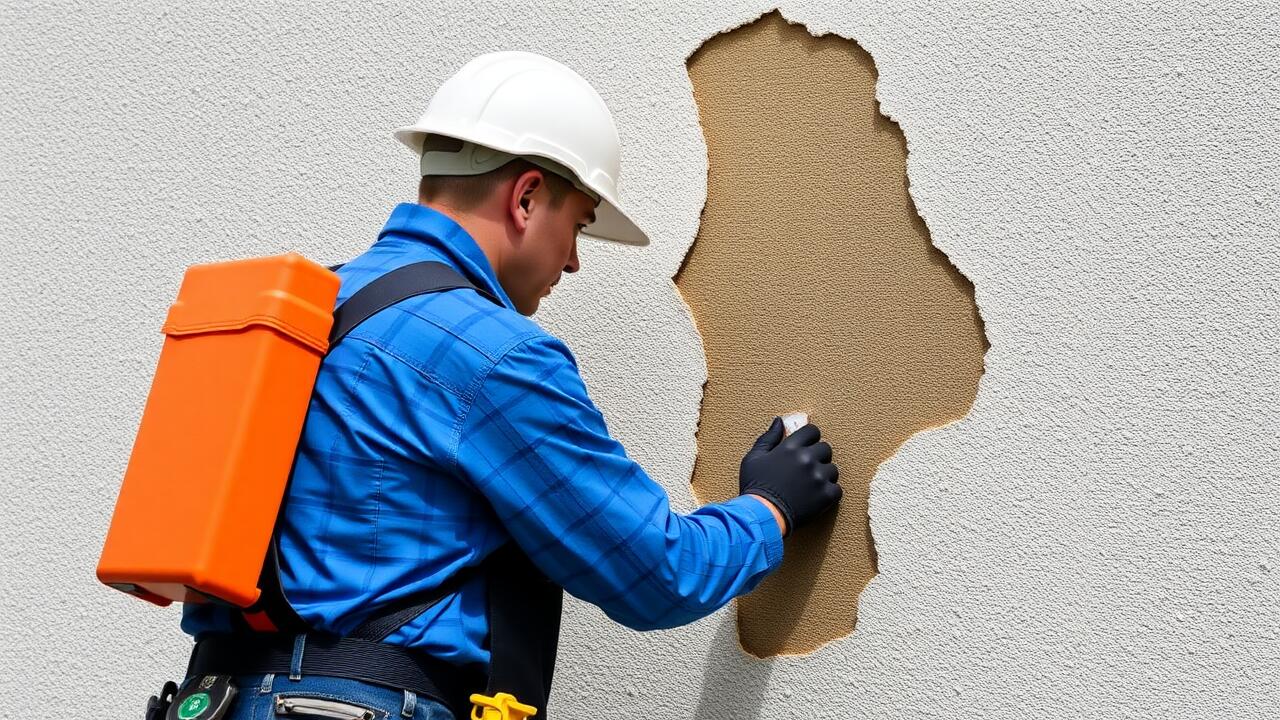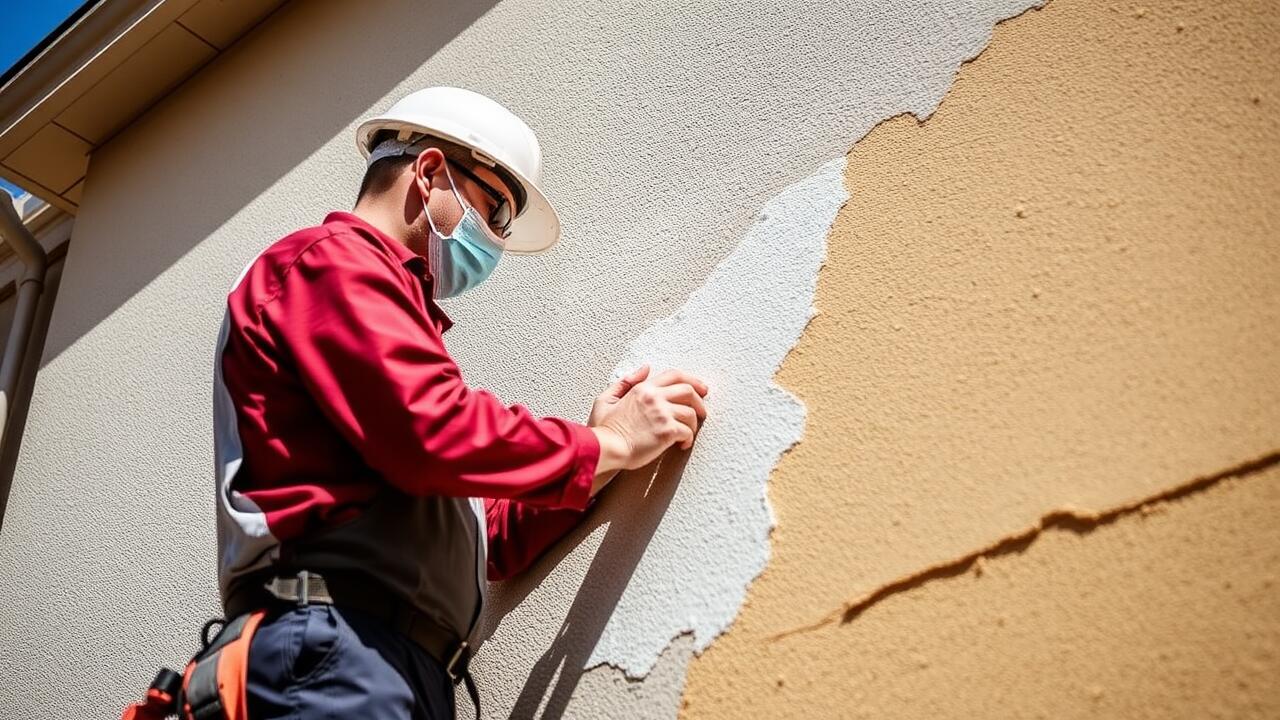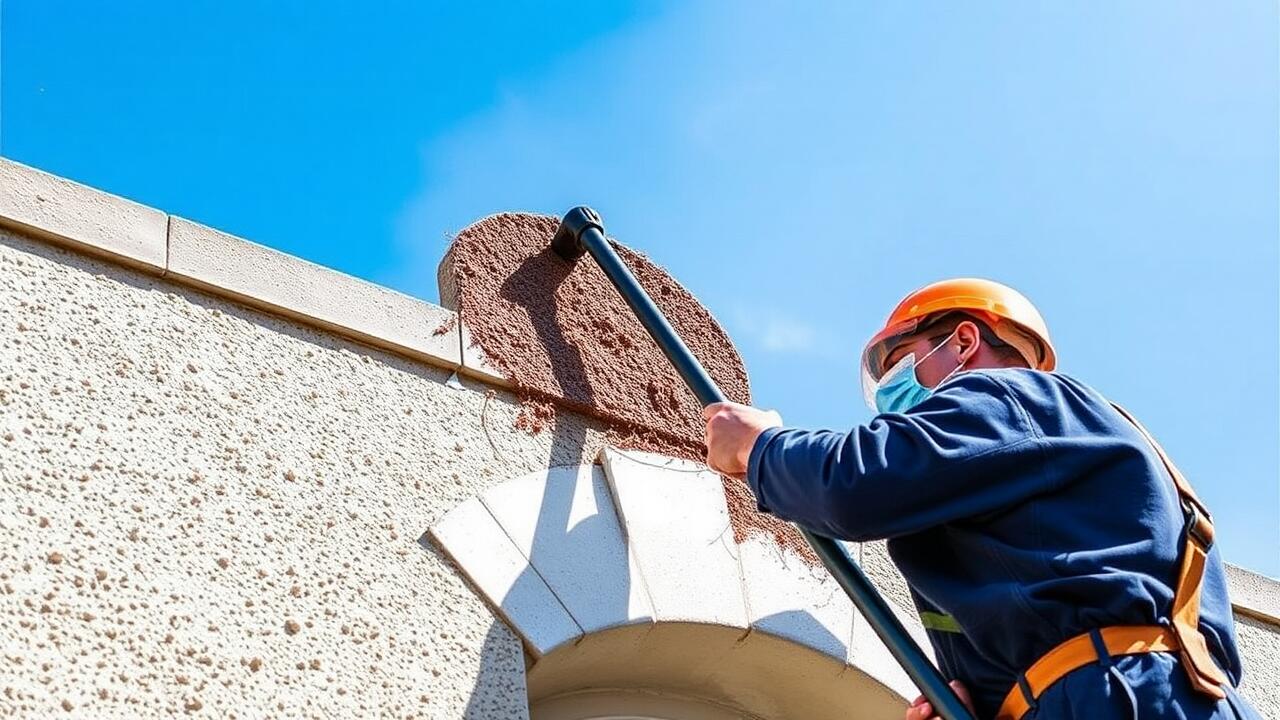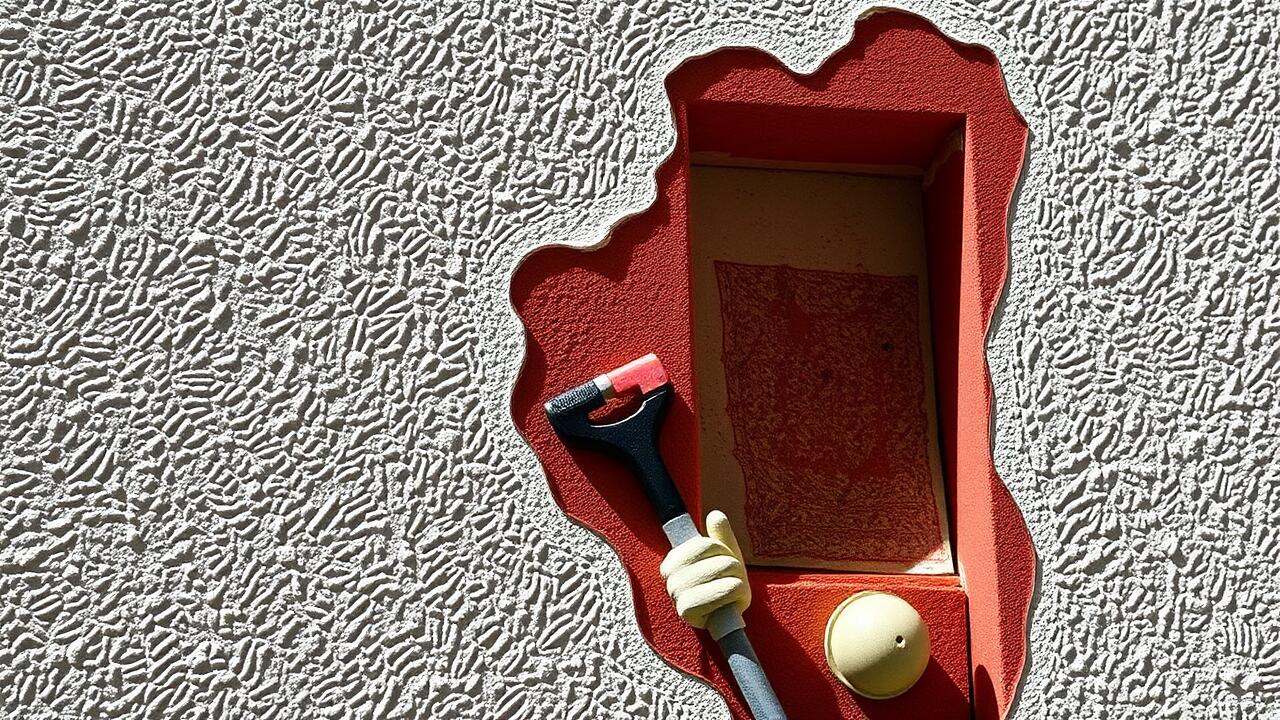
Step-by-Step Guide to Repairing Hairline Cracks
Start by cleaning the area around the crack to ensure proper adhesion of the repair material. Use a wire brush or a putty knife to remove any loose particles and dust. After cleaning, it’s essential to moisten the crack slightly with water. This will help the patching compound bond better with the existing stucco. Once the area is prepared, mix a suitable stucco patching compound according to the manufacturer’s instructions.
Apply the patching compound with a putty knife, pressing it firmly into the crack. Smooth the surface to level it with the surrounding stucco. For those looking for professional assistance, consider Stucco Patching in Koreatown, Los Angeles, where experienced technicians can provide quality repairs. After the patch has set, lightly texture the repair to match the surrounding area, ensuring a seamless finish that blends with the home’s exterior.
Detailed Repair Process
Begin by cleaning the area around the crack thoroughly. Use a wire brush to remove any loose debris or crumbling stucco, ensuring a solid surface for the repair. If the crack is deep or wide, consider widening it slightly to allow for better adhesion of the patching material. Rinse the area with water to eliminate dust, which can interfere with the bonding process. Once the surface is prepped and dry, you can proceed with applying a suitable stucco patching compound designed for hairline cracks.
When applying the patching compound, use a putty knife to fill the crack completely. Press firmly to ensure that the compound adheres well to the existing stucco. Smooth the surface as much as possible to minimize the need for excessive sanding later. After the compound dries according to the manufacturer's instructions, you can start the process of texturing and finishing the repair. If you’re in need of professional help, consider services like Stucco Patching in Van Nuys, Los Angeles, to achieve a seamless finish.
Texturing and Finishing the Repair
After the repair has dried, it's essential to texture and finish the patch to ensure it blends smoothly with the surrounding stucco. Begin by assessing the existing texture of the surrounding area. Different techniques such as sponge, brush, or trowel can be used to replicate the original finish. For those unfamiliar with stucco techniques, consulting a professional experienced in stucco patching in Koreatown, Los Angeles, can provide valuable insights and help achieve a seamless look.
Once the desired texture is achieved, the patch should be allowed to dry completely before applying a finish coat. This coat provides protection against moisture and enhances the aesthetics of the repair. A primer may be necessary to promote adhesion, followed by exterior paint that closely matches the existing color. Proper finishing ensures that the repair remains durable and visually appealing in the long run.
Matching the Existing Stucco Texture
Achieving a seamless match with the existing stucco texture is vital for a successful repair. Start by examining the surrounding area for texture patterns and techniques used in the original stucco application. You may need to apply a base coat of patching material before matching the texture. Various methods, such as using a sponge or brush, can help replicate the characteristic look of the surrounding surfaces. Careful application ensures the new section blends naturally with the old.
Once the base coat has dried, it's crucial to apply the same texturing technique that was originally used. For example, if the stucco has a rough texture, a stippling technique with a brush may be appropriate. If the texture is smoother, a trowel can help create the desired finish. For those unsure about achieving the correct look, professional services offer techniques for Stucco Patching in Van Nuys, Los Angeles, ensuring that your repairs not only hold up but also look aesthetically pleasing.
Preventing Future Hairline Cracks
Maintaining the integrity of stucco surfaces is crucial in preventing hairline cracks from reappearing. Regular inspections help identify signs of wear before they escalate into larger issues. Keeping the surface clean and free from debris reduces moisture retention. Applying a sealant can also provide an additional layer of protection, as it helps to repel water and minimize the chances of cracks developing due to environmental factors.
In addition to proactive maintenance, the quality of the initial installation plays a significant role in the longevity of stucco. Hiring experienced professionals for stucco work can ensure proper application and adherence to industry standards. Services like Stucco Patching in Van Nuys, Los Angeles, can help address small issues promptly, securing the surface against larger problems in the future. Ensuring adequate drainage around the property alleviates stress on stucco walls, further protecting them from cracking caused by water infiltration.
Maintenance Tips for Stucco Surfaces
Regular maintenance is essential for preserving the condition of stucco surfaces. Cleaning the exterior at least once a year helps to remove dirt, mildew, and algae, preventing them from degrading the stucco. Use a gentle pressure wash or a scrub brush with a mild detergent to avoid damaging the finish. Inspect the stucco periodically for any signs of wear or cracking, as early detection can save time and money on repairs in the long run.
To further protect your stucco, consider applying a sealant every few years. This helps to repel moisture and can prevent the onset of cracks. When undertaking repairs, such as Stucco Patching in San Pedro, Los Angeles, ensure that you use the right materials to maintain the integrity of your home’s exterior. Avoid high-pressure washing techniques that may loosen or weaken the stucco. By following these maintenance tips, homeowners can enjoy a durable and aesthetically pleasing stucco finish for years to come.
FAQS
What are hairline cracks in stucco, and what causes them?
Hairline cracks in stucco are thin, narrow fissures that can occur due to various factors, including temperature fluctuations, settling of the building, moisture changes, or improper application of the stucco.
Can I repair hairline cracks in stucco myself?
Yes, hairline cracks can often be repaired by homeowners with basic DIY skills using the right materials and tools. However, for larger or more complex cracks, it may be best to consult a professional.
What materials do I need for repairing hairline cracks in stucco?
You will need a stucco patching compound, a putty knife or trowel, a wire brush, and possibly a spray bottle for moisture. Depending on the texture of your existing stucco, you may also need additional tools to match the finish.
How can I match the existing stucco texture after making repairs?
To match the existing stucco texture, observe the texture closely and use techniques such as stippling or spraying to replicate it. You can also use tools like a sponge or brush to achieve the desired finish.
How can I prevent future hairline cracks in stucco?
To prevent future hairline cracks, regularly maintain the stucco surface by cleaning it, applying sealants, and ensuring proper drainage around your home. Additionally, ensure that any foundational issues are addressed promptly.



